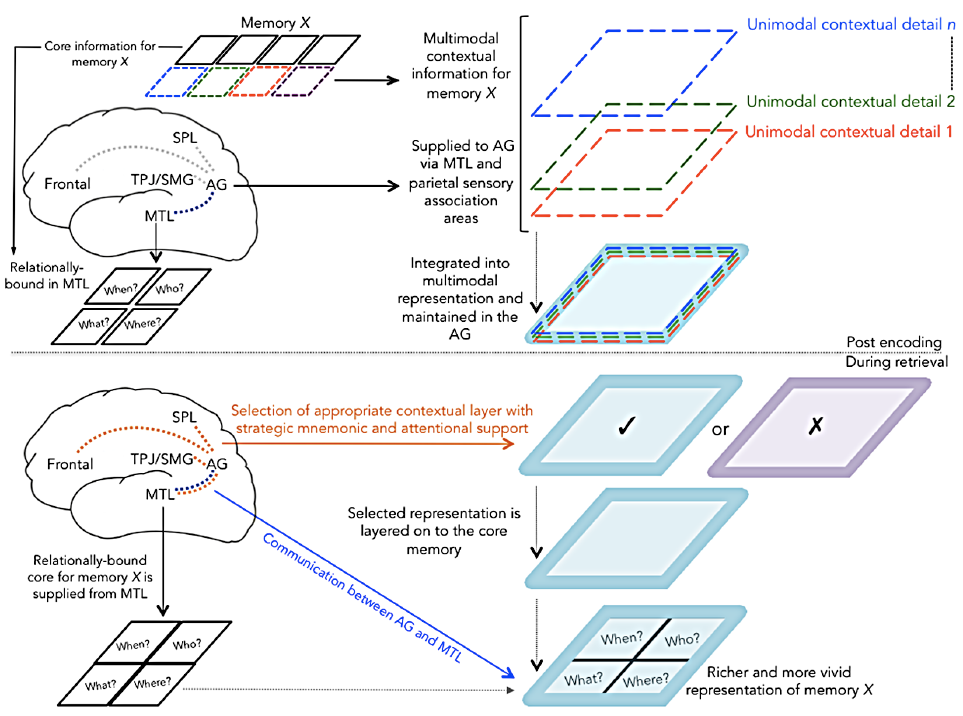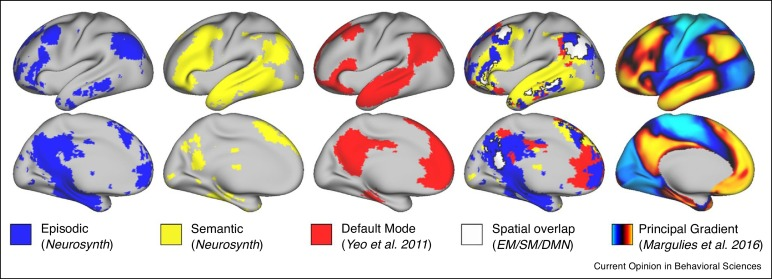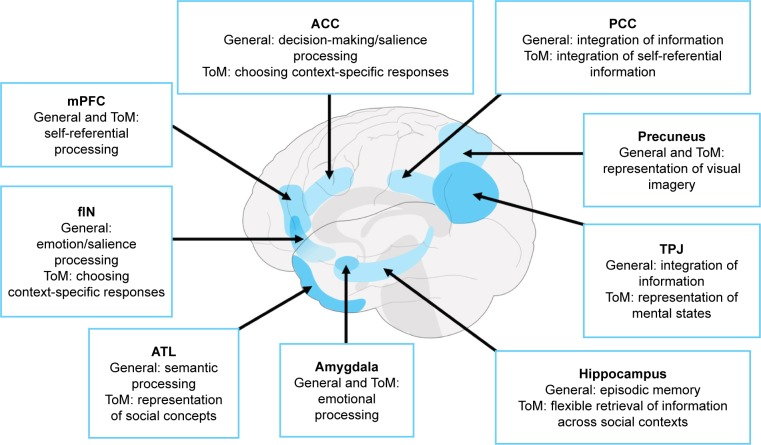Project - Episodic memory function in healthy and pathological ageing
Research Project Abstract
Episodic memory refers to the capacity to encode, store, and retrieve specific events situated within a distinct spatiotemporal framework. It is now well-established that this capacity is supported by a distributed brain network centred on the medial temporal lobes and including prefrontal, lateral temporal, and posterior parietal brain regions. The relative contribution of each region within the core memory network, however, remains unclear yet this information is crucial for us to support age-related memory decline and develop targeted interventions to augment memory function in health and disease.
This research program explores how different facets of episodic memory function deteriorate in healthy and pathological ageing. Using novel experimental tasks and multimodal neuroimaging techniques, we aim to clarify the role of posterior parietal structures, and their interactions with core memory structures such as the hippocampus, during memory retrieval. We then propose to validate these findings in neurodegenerative lesion groups, with differential atrophy to posterior parietal and medial temporal lobe structures.
Expected outcomes include an advanced understanding of how we remember the past in rich contextual detail, and how such processes are altered in healthy and pathological ageing. This will potentially provide significant benefits in predicting and treating memory dysfunction due to brain injury or neurodegeneration.
Funded by an Australian Research Council Discovery Project grant (DP180101548)
Disease area:
Dementia, FTD, AD, LPA, PCA, Ageing
Research Project Description
Methods:
- Cognitive testing
- Autobiographical memory interviews
- Structural neuroimaging – voxel-based morphometry, diffusion-weighted imaging
- Task-based functional MRI
Research Objectives
- Provide fine-grained characterisation of episodic memory impairment across healthy ageing and neurodegenerative disorders
- Delineate the neural substrates of recent versus remote autobiographical memory dysfunction in dementia syndromes
- Establish the role of posterior parietal-medial temporal interactions in supporting the integration of contextual details during episodic memory retrieval
- Translate this knowledge into targeted reminiscence strategies to improve well-being in dementia.
Key Publications from this project
- Ramanan, S., Marstaller, L., Hodges, J.R., Piguet, O., Irish, M. (2020). Understanding the neural basis of episodic amnesia in logopenic progressive aphasia: a multimodal neuroimaging study. Cortex. doi: https://doi.org/10.1016/j.cortex.2019.12.026
- Carmichael, A.M., Irish, M., Glikmann-Johnston, Y., Singh, P., Stout, J.C. (2019). Pervasive autobiographical memory impairments in Huntington’s disease. Neuropsychologia, 127: 123-130.
- Irish, M., Landin-Romero, R., Mothakunnel, A., Ramanan, S., Hsieh, S., Hodges, J. R., & Piguet, O. (2018). Evolution of autobiographical memory impairments in Alzheimer's disease and frontotemporal dementia - A longitudinal neuroimaging study. Neuropsychologia, 110, 14–25.
- Wong, S. Irish, M., Savage, G., Hodges, J.R., Piguet, O., Hornberger, M. (2019). Strategic value-directed learning and memory in Alzheimer’s disease and behavioural-variant frontotemporal dementia. Journal of Neuropsychology, 13(2): 328-353. doi: 10.1111/jnp.12152
- Ahmed, S.*, Irish, M.*, Loane, C., Baker, I., Husain, M., Thompson, S., Blanco-Duque, C., Mackay, C., Zamboni, G., Foxe, D., Hodges, J.R., Piguet, O., Butler, C. (2018). Association between precuneus volume and autobiographical memory impairment in posterior cortical atrophy: Beyond the visual syndrome. NeuroImage Clinical, 18: 822-834. *joint first authors.
- Ramanan, S., Piguet, O., & Irish, M. (2018). Rethinking the Role of the Angular Gyrus in Remembering the Past and Imagining the Future: The Contextual Integration Model. The Neuroscientist, 24(4), 342–352.

Mechanisms of contextual integration. (Upper panel) In relation to a specific event (memory X), the black boxes depict components of the memory “core,” which, following encoding, are relationally bound in the MTL into a conjunctive representation. Each accompanying colored box depicts a unimodal contextual component (e.g., a sensory-perceptual detail) of memory X that serves to enrich the core representation. These components are then supplied to the AG via its connections with the MTL and sensory association areas. Individual unimodal contextual representations are integrated into a coherent multimodal contextual representation of memory X that is maintained in the AG. (Lower panel) During retrieval of memory X, the AG interacts with neighboring dorsal and ventral parietal (attentional support), frontal (controlled strategic support), and MTL regions to facilitate the selection of the appropriate multimodal contextual representation. The selected representation is then interleaved on to the core memory via MTL-AG interactions, resulting in a perceptually rich and vivid representation of memory X. Taken from Ramanan, S., Piguet, O., Irish, M. (2018). Rethinking the role of the angular gyrus in remembering the past and imagining the future: the Contextual Integration Model. The Neuroscientist, 24(4): 342-352.


